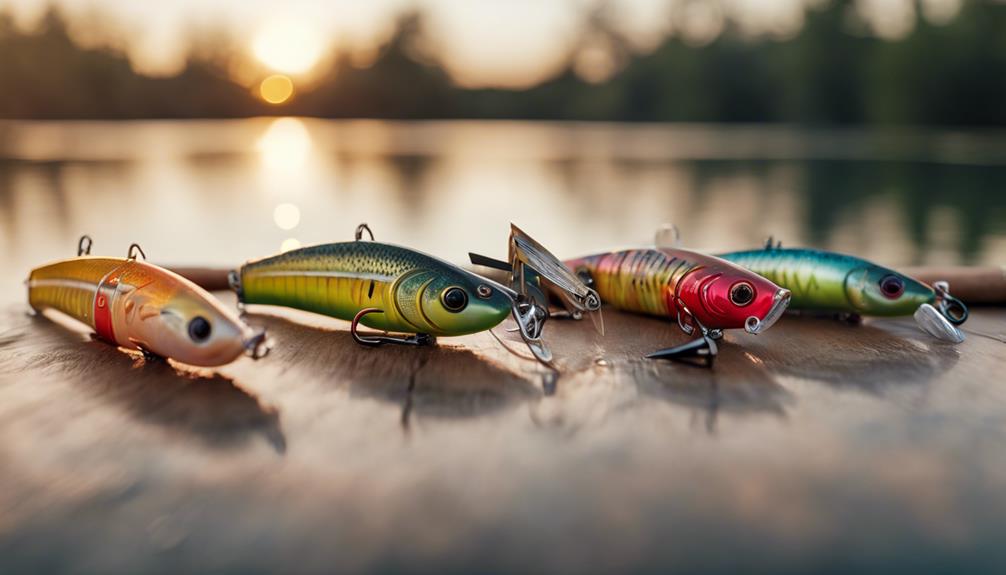Fly fishing is not just a technique; it’s an art form that connects enthusiasts with nature in a unique way. If you’re looking to learn to fly fish, you’ve come to the right place. This blog post will guide you through everything you need to know, from the basics of fly fishing gear to advanced techniques. Whether you’re a complete novice or someone looking to refine your skills, this post will provide valuable insights to help you on your journey.
Understanding the Basics of Fly Fishing
Before you dive into the world of fly fishing, it’s essential to understand the fundamentals. Fly fishing involves using a lightweight lure called a “fly” that mimics insects or other prey fish consume. Unlike traditional fishing, where you cast a weighted line, fly fishing requires a special rod and line designed to carry the lightweight fly. The technique focuses on the rhythm of casting, allowing you to place your fly delicately on the water’s surface. Learning to fly fish starts with grasping these basics, which will set a strong foundation for your fishing adventures.
Essential Gear for Fly Fishing
To learn to fly fish effectively, you’ll need the right equipment. The key components include a fly rod, reel, fly line, leader, and flies. When selecting a fly rod, consider the weight, length, and material that best suit your fishing environment. A 5-weight rod is a popular choice for beginners, as it’s versatile for various fishing conditions. The fly reel should match your rod’s weight class, and the fly line should be matched to both the rod and reel. Additionally, investing in a selection of flies—such as dry flies, wet flies, and nymphs—will help you adapt to different fishing scenarios. Remember, quality gear can significantly enhance your learning experience.
Choosing the Right Locations to Fly Fish
Once you have your gear, it’s time to find the perfect location. Learning to fly fish is not just about the technique; it’s also about understanding the environment. Look for areas with rivers, lakes, or streams that are known for their fish populations. Research local fishing regulations and access points. Many regions have designated fly fishing waters, which can be less crowded and have a higher concentration of fish. Additionally, consider visiting local fly shops for recommendations on the best spots. Engaging with the community can lead you to hidden gems where you can practice your newfound skills.
Mastering the Casting Technique
Casting is one of the most critical aspects of fly fishing. When learning to fly fish, practice the basic casting techniques, such as the overhead cast and roll cast. The overhead cast involves moving the rod back and forth in a fluid motion, allowing the line to unfurl and land the fly softly on the water. The roll cast is useful in tight spaces where you can’t backcast. To master these techniques, spend time practicing in your backyard or on a grassy field. Watching instructional videos or attending a fly fishing class can also provide valuable tips and tricks to improve your casting skills.
Understanding Fish Behavior and Habitats
To be successful at fly fishing, you need to understand fish behavior and habitats. Different species of fish are attracted to various types of flies at different times of the year. Understanding what fish eat at specific times can significantly increase your chances of a catch. For example, trout often feed on insects that hatch in the spring and summer. Pay attention to the seasons, weather conditions, and local insect hatches. Keeping a fishing journal can help you track patterns in fish behavior, making you a more effective angler as you continue to learn to fly fish.
Learning to Tie Flies: A Valuable Skill
While purchasing flies is convenient, learning to tie your own can greatly enhance your fly fishing experience. Fly tying allows you to create custom flies tailored to the specific conditions and fish species you are targeting. Start with simple patterns, such as the Adams dry fly or the Woolly Bugger, and gradually move to more complex designs. There are numerous online resources and local classes available for beginners. As you learn to tie flies, you’ll gain a deeper appreciation for the craft of fly fishing and increase your chances of success on the water.
Practicing Catch and Release Techniques
As you learn to fly fish and start catching fish, it’s essential to practice ethical fishing practices, particularly catch and release. This approach helps conserve fish populations and maintain healthy ecosystems. When practicing catch and release, handle fish gently, wet your hands before touching them, and use barbless hooks to minimize injury. Keep the fish in the water as much as possible and use a net to avoid stress. By following these practices, you contribute to the sustainability of the sport and ensure future generations can enjoy fly fishing.
Joining the Fly Fishing Community
Finally, one of the best ways to enhance your fly fishing skills is to connect with the community. Join local fly fishing clubs, participate in workshops, and attend fishing events. Engaging with experienced anglers can provide valuable insights and tips that you won’t find in books or online tutorials. Additionally, participating in group outings can make your fishing trips more enjoyable and help you learn from others. The fly fishing community is welcoming, and sharing experiences can lead to lasting friendships and invaluable mentorship.
# Conclusion
Learning to fly fish is an exciting journey that combines skill, patience, and a love for nature. By understanding the basics, investing in quality gear, mastering casting techniques, and engaging with the community, you will set yourself up for success. Remember that every angler was once a beginner, so embrace the learning process and enjoy every moment spent on the water. Happy fishing!
